- No products in the cart.
Heparin ointment 25g Nizhpharm tuba
$2.28
Heparin ointment 25g Nizhpharm tuba
SKU: 0435745421 Categories: Medicaments, Vein diseases Tags: benzyl nicotinate benzocaine + + Sodium Heparin, STADA
Description
Composition
Active substance:
1 g of ointment contains: heparin sodium – 100 ME (0,833 mg activity at sodium heparin 120 IU / mg), benzocaine (benzocaine) – 40.0 mg, benzyl nicotinate – 0.8 mg ;.
Excipients:
Glycerol – 150 mg, vaseline – 60 mg of stearic acid (Stearic acid 50) – 50 mg, peach oil – 50 mg, emulsifier № 150 mg methyl parahydroxybenzoate – 1.5 mg propyl parahydroxybenzoate – 0.5 mg Water – up to 1 year
Description:
Ointment from white to white with a yellowish tinge.
Product form:
Ointment for external use. 25 g of a tube in aluminum or plastic laminate tubes. Each tube together with instructions for medical use of the formulation was put in a pile of cardboard.
Contraindications
Hypersensitivity to the drug; violating the integrity of the skin of the affected area (open infected wounds, ulcerative necrotic processes in particular); Children under 1 year.
Dosage
0.8 mg + 40 mg + 100 IU / g
Indications
Superficial vein thrombophlebitis, superficial periflebit; subcutaneous hematoma; postinjection and postinfuzionny phlebitis; mastitis, superficial; localized edema and infiltrates, contusions and trauma (including muscle tissue, tendons, joints); external hemorrhoids, inflammation of hemorrhoids postpartum; lymphedema (elephantiasis), lymphangitis.
Interaction with other drugs
Ointment topically administered in conjunction with nonsteroidal anti-inflammatory drugs (NSAIDs), tetracyclines, blockers of histamine H1-receptors.
Overdose
Due to the negligible systemic absorption overdose unlikely.
pharmachologic effect
Pharmacological group:
Anticoagulant means of direct action for local application + other drugs.
Pharmacodynamics:
Combined preparation for external use, whose action is due to the properties of its constituent components. Heparin – anticoagulant direct action, refers to a group of middle-weight heparins. When applied externally has a local anticoagulant, protivoekssudativnoe moderate anti-inflammatory effect. Blocks the formation of thrombin. Heparin reduces inflammation and exerts anticoagulant effect indirectly enhances microcirculation, which promotes the dispersal of hematoma and thrombus and reduce swelling of tissues.
Benzyl nicotinate is a peripheral vasodilating agent, improves microcirculation. It is used as an adjuvant to increase the penetration of heparin.
Benzocaine has a local anesthetic action. It decreases cell membrane permeability to sodium ions displace calcium ions from the receptors located on the inner surface of the membrane, blocking the conduction of nerve impulses. It prevents the emergence of pain impulses in the sensory nerve endings and the conduct of the nerve fibers.
Pharmacokinetics:
Heparin is slightly absorbed from the skin. Communication with plasma proteins – up to 95% volume distribution – 0.06 L / kg. It does not cross the placenta and breast milk. Intensively captured endothelial cells and cells of the mononuclear macrophage system is concentrated in the liver and spleen. It is metabolized in the liver with N-desulfamidazy and heparinase platelet metabolism include heparin at later stages. Desulfated molecules under the influence of endoglycosidases kidney transformed into low molecular weight fragments. The half-life (T1 / 2) – 1-6 hrs (average – 1.5 hours); increases in obesity, hepatic and / or renal failure; It decreases with pulmonary embolism, infection, malignant tumors. Excreted by the kidneys, preferably in the form of inactive metabolites. Not output by hemodialysis.
Benzyl nicotinate penetrates into all layers of the skin. In the systemic circulation practically it does not arrive.
With topical benzocaine practically not absorbed.
Pregnancy and breast-feeding
Safety of the drug during pregnancy and lactation has not been established. Heparin does not pass through the placental barrier and is excreted in breast milk. Information about other components of the drug gets into breast milk is not.
Heparin ointment used during pregnancy and lactation (breastfeeding) only if the expected benefit to the mother outweighs the potential risk to the fetus or child.
Conditions of supply of pharmacies
Without recipe.
side effects
Prolonged use of the drug possible local skin reactions such as hyperemia, lowering of sensitivity at the site of application, allergic reactions (rash, pruritus).
special instructions
Prolonged use of heparin ointment on large areas and simultaneous administration of oral drugs affecting the clotting of blood and / or blood, should control clotting time and prothrombin time.
If necessary, treatment duration and large areas of damage in pregnant women and in women over the age of 65 years is recommended to control the same.
Do not apply to open wounds, the presence of purulent processes.
The application of the ointment is not recommended for deep venous thrombosis.
The drug has no adverse effect on the ability to drive and use machines.
Storage conditions
At a temperature of not higher than 20 ° C.
Keep out of the reach of children.
Dosing and Administration
Outwardly. Ointment applied thinly to the affected area (the rate of 0.5-1 g (2-4 cm ointments) for portion 3-5 cm in diameter) and gently rubbed into the skin. The ointment is applied 2-3 times a day every day until the disappearance of inflammation, an average of 3 to 7 days. The possibility of a longer course of treatment is determined by the doctor.
Thrombosis external hemorrhoids rectal swabs are used, the ointment is applied to the gasket calico or linen, which is superimposed directly on the fixed nodes and thrombosed. Ointment impregnated tampon is introduced into the anus. The ointment should be applied daily, until symptoms disappear, an average of 3-14 days.
Information
Appearance may differ from that depicted in the picture. There are contraindications. You need to read the manual or consult with a specialist
Additional information
| Weight | 0.100 kg |
|---|---|
| Manufacturer | STADA |


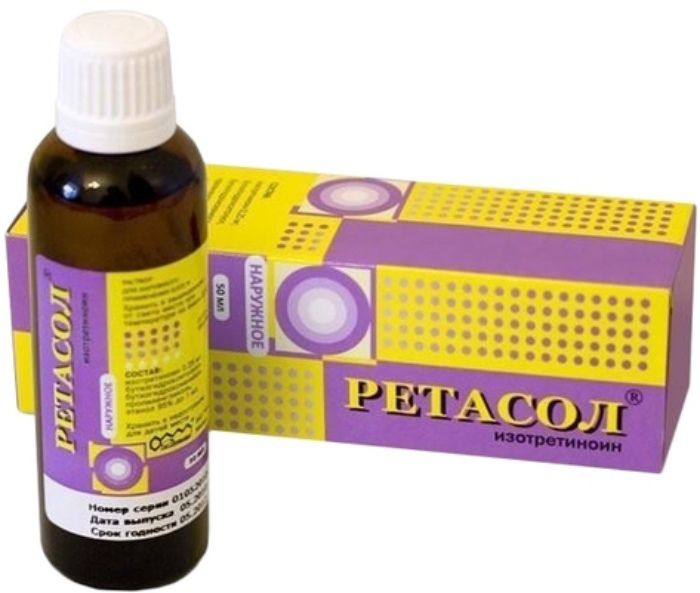
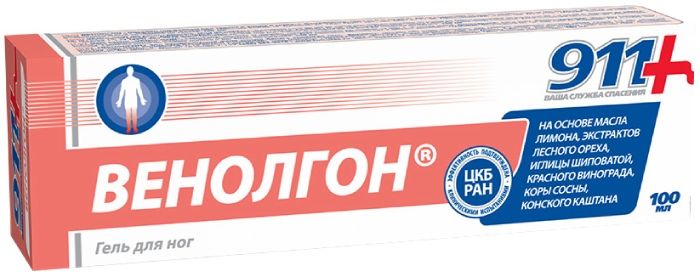
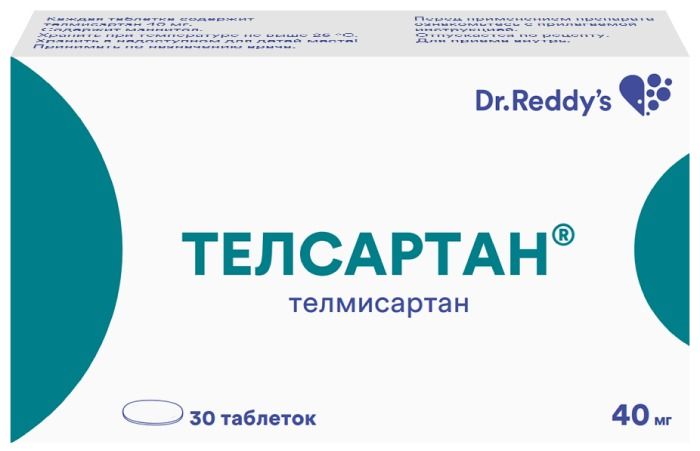
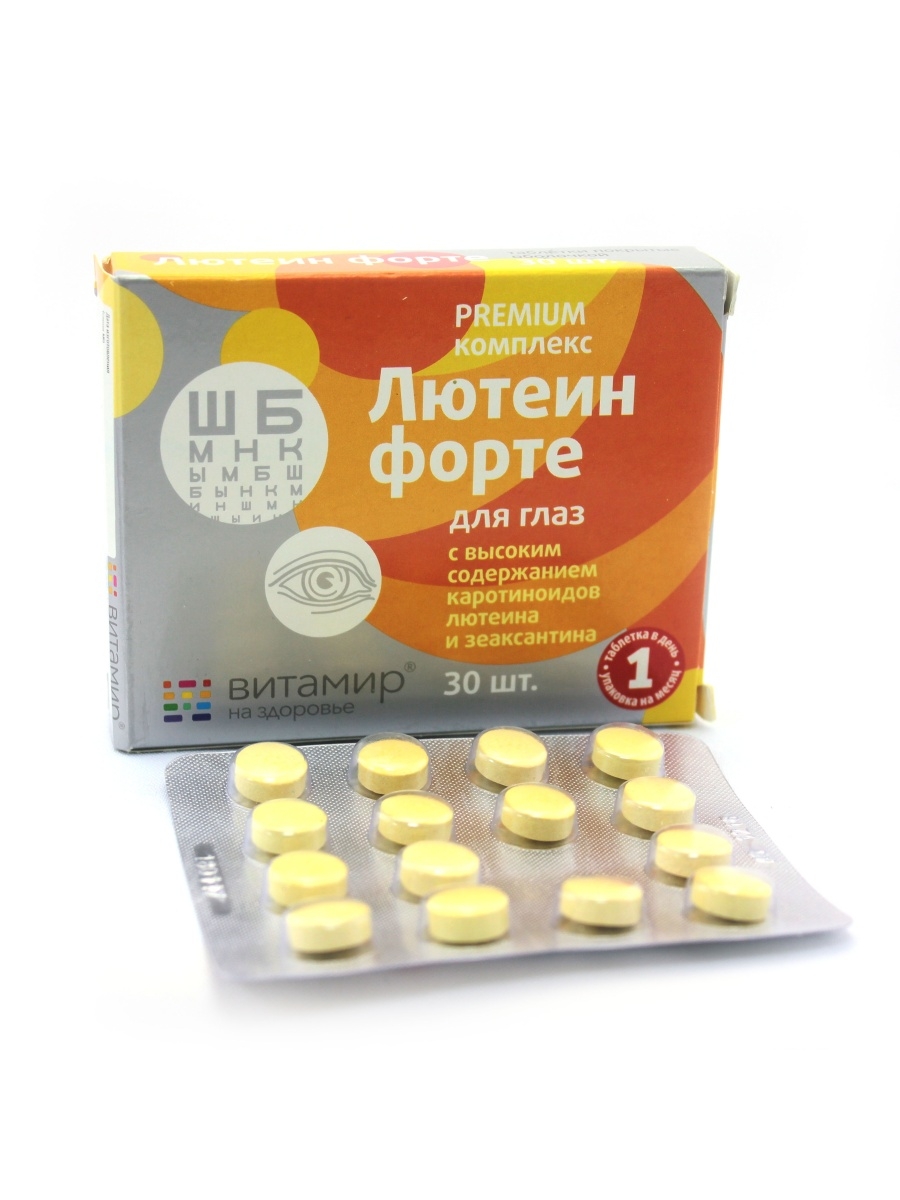
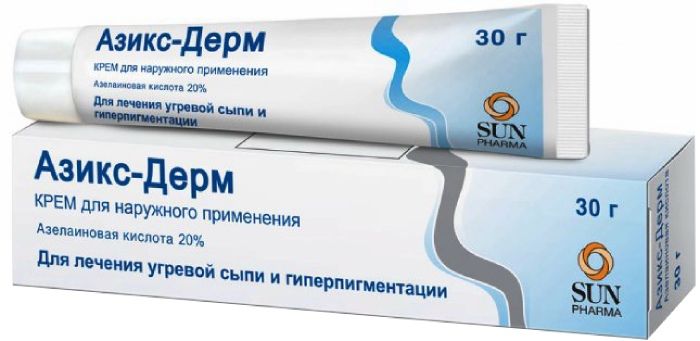
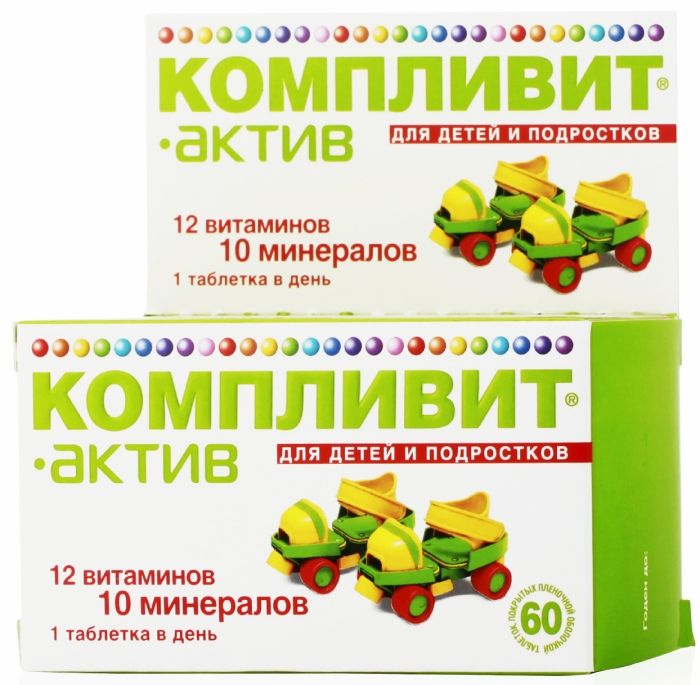
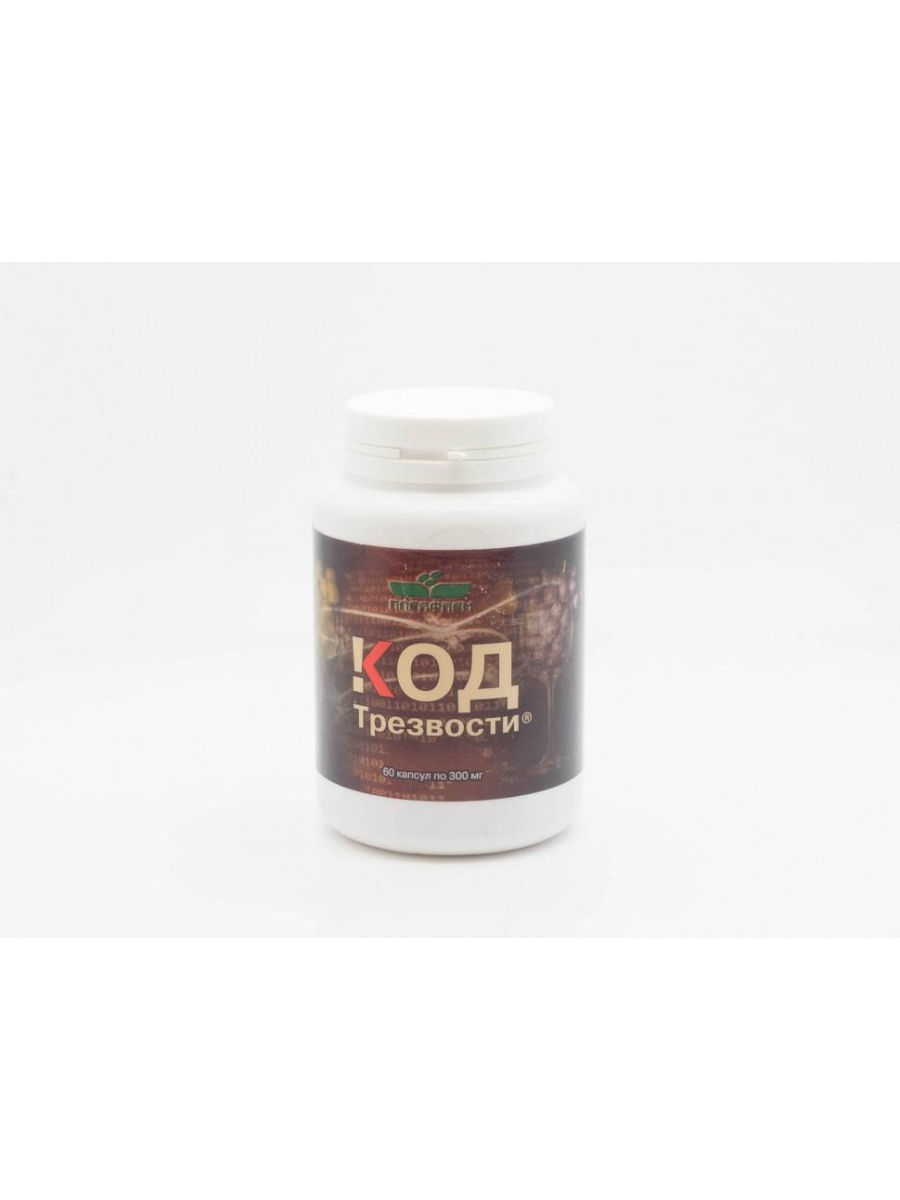
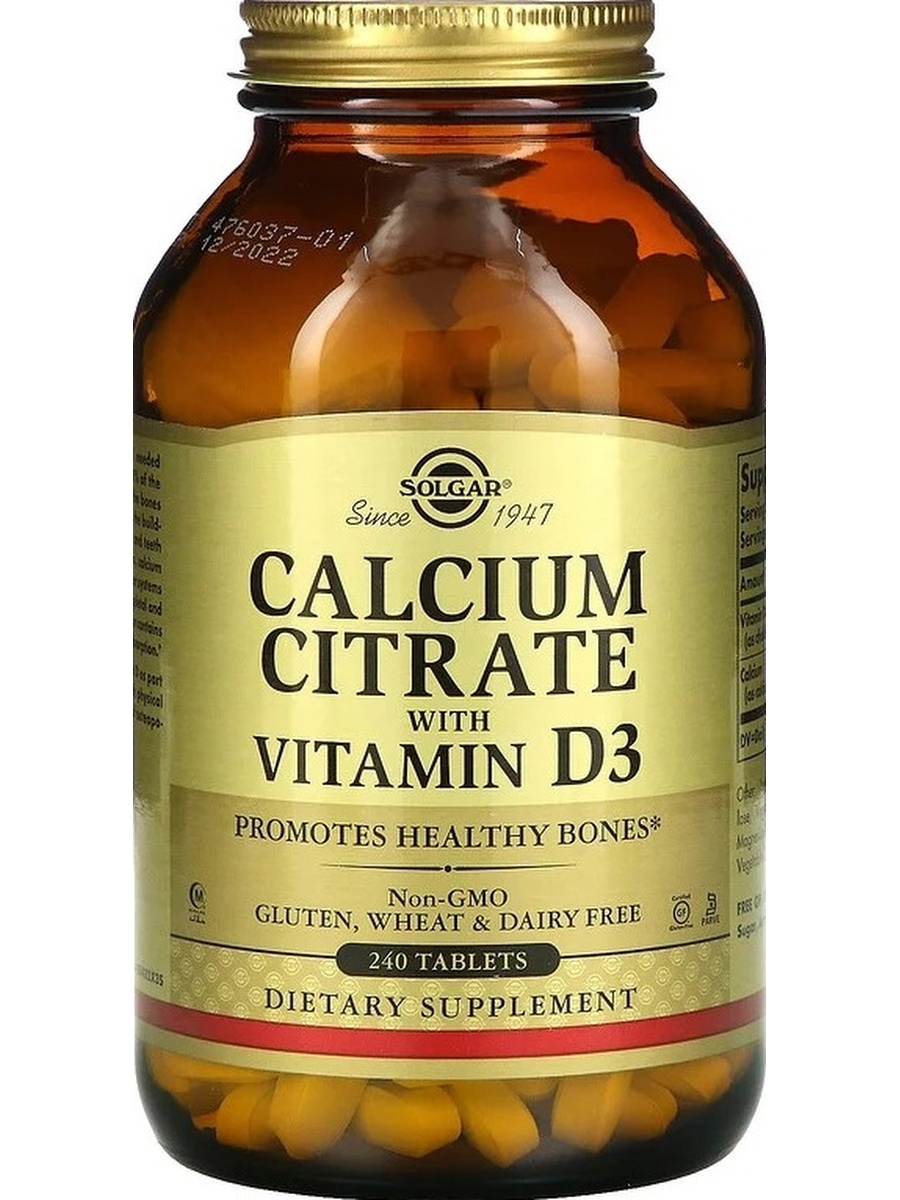




There are no reviews yet.